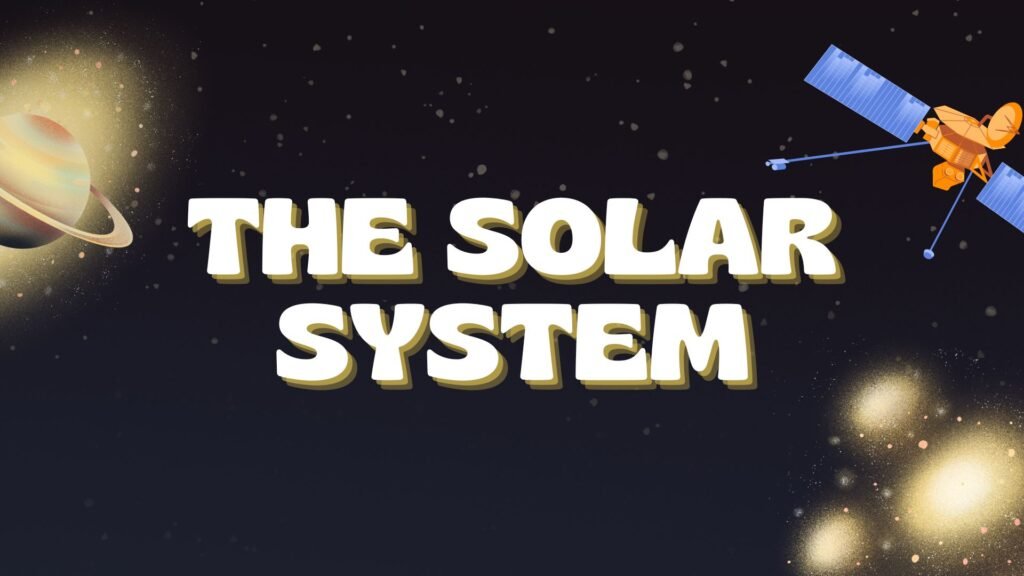
As humanity pushes the boundaries of space exploration, the concept of space highways is shifting from science fiction to strategic reality. These invisible routes, carved by gravity and motion, offer spacecraft a more sustainable and cost-effective way to navigate the solar system. Just as highways on Earth connect distant cities, space highways could one day connect planets, moons, and space stations—turning interplanetary travel into a reliable, routine affair.
In an era where space travel is expanding beyond Earth’s orbit, space highways represent a critical next step in building a scalable and efficient transportation infrastructure for the solar system.
What Are Space Highways?

Space highways are optimized gravitational pathways that allow spacecraft to move efficiently between celestial bodies using minimal fuel. Rather than constantly firing engines, spacecraft can follow these invisible currents, similar to how ships ride ocean currents or airplanes follow jet streams.
These paths are formed by the complex gravitational interactions between planets, moons, and the Sun. Instead of relying solely on brute propulsion, engineers use orbital mechanics and gravity assists to give spacecraft a boost, allowing them to “surf” through space.
Components of space Highways:
Gravity assists: Spacecraft gain speed by swinging around planets, using their gravity to slingshot forward.
Lagrange points: Stable areas in space where gravitational forces balance out—ideal for space stations or observatories.
Interplanetary Transport Network (ITN): A theoretical web of gravitational paths that connect planets using the least energy.
While these routes may take longer than direct flights, they offer immense savings in fuel and costs, perfect for deep-space probes, cargo missions, or long-term programs where efficiency outweighs speed.
How Space Routes Are Mapped

Mapping space highways involves precise calculations of how celestial bodies move and influence each other. Scientists model the gravitational forces between planets, moons, and the Sun to predict where efficient travel corridors will open up.
Examples of Mapping in Action:
NASA’s Artemis program utilizes special orbits like the Near-Rectilinear Halo Orbit (NRHO) to connect Earth and the Moon efficiently.
SpaceX is planning Earth–Mars transfer windows, using predictable planetary alignments to send missions with minimal fuel.
Lagrange point missions, such as the James Webb Space Telescope (JWST), operate from these gravitationally balanced zones to minimize orbital corrections.
The development of these routes is akin to laying down airline flight paths—turning chaotic, one-off launches into repeatable, optimized travel systems.
Who’s Building These Highways?

Creating an interplanetary transportation network isn’t a one-agency task. It involves collaboration between governments, space agencies, and private companies.
NASA: Leading development with Artemis missions, the Gateway station, and Mars plans.
European Space Agency (ESA): Contributing route planning for Moon and Mars missions.
SpaceX: Designing Starship to use repeatable space lanes between Earth and Mars.
Blue Origin and others: Investing in reusable rockets that benefit from predictable launch and landing paths.
International partnerships are growing, too, with countries like China, India, Japan, and the UAE participating in interplanetary exploration. These collaborations are essential for standardizing space infrastructure and sharing knowledge about optimal routes.
Why Space Highways Matter
The vast distances between planets make space travel expensive and risky. Space highways offer a structured solution by enabling spacecraft to follow low-energy, repeatable paths through the solar system.
Fuel Efficiency: Using gravitational boosts means fewer onboard propellants are needed.
Lower Mission Costs: Reusing the same paths reduces planning, fuel, and equipment expenses.
Increased Safety: Well-mapped routes help avoid unknown hazards and enable better emergency planning.
Scalability: Supports frequent space cargo deliveries, tourism, and even colonization.
In short, space highways make space travel more predictable and affordable, transforming it from experimental to operational.
Challenges to Building Space Highways
While promising, the development of space highways isn’t without obstacles.
Changing Orbits: Celestial bodies are constantly moving, so optimal paths appear and disappear with time.
Space Hazards: Radiation, solar flares, and space debris can disrupt travel or damage spacecraft.
Policy and Regulation: As more nations and companies use these routes, legal questions arise: Who controls them? Are they open to all?
Technology Gaps: Efficient use of these highways requires advanced navigation, automation, and AI systems to make mid-course corrections and avoid dangers.
The concept of space traffic control is emerging as a vital need. As a mission, managing the flow of spacecraft along shared routes will be critical to prevent collisions or signal interference.
Real-World Applications and Missions
Some missions have already taken advantage of gravitational dynamics to reach their destinations efficiently:
Voyager 1 & 2: Used a rare planetary alignment in the 1970s to visit multiple planets with gravity assists.
DART Mission: Navigated complex orbits to test asteroid redirection using minimum fuel.
Looking Ahead:
NASA’s Artemis Gateway will orbit the Moon in a stable halo orbit, acting as a refueling and resupply station for lunar missions.
SpaceX’s Mars architecture depends on timed launch windows, minimizing energy use while maximizing cargo.
The Future: A Connected Solar System
Space highways represent the next major leap in building a connected, scalable, and efficient interplanetary infrastructure. With predictable routes, reusable spacecraft, and improved mapping technologies, the dream of sustainable space travel is becoming a reality.
In the future, traveling to Mars, Titan, or the asteroid belt could be as standardized as catching a transcontinental flight. Stations could be built at Lagrange points, acting as rest stops or maintenance hubs. Private companies could offer cargo services along these routes. Entire industries—space tourism, asteroid mining, planetary colonization—may rise from this invisible network of gravity and precision.
Conclusion:
Space highways are the key to transforming space from a frontier to a transportation network. As agencies like NASA, ESA, and companies like SpaceX continue to map and use these routes, we move closer to a solar system that is navigable, accessible, and interconnected.
They are not physical roads, but invisible lanes shaped by gravity, timing, and innovation that may one day carry generations of explorers, settlers, and scientists across the vast reaches of space.
In the same way that ocean currents connected the continents centuries ago, space highways will connect the worlds of tomorrow. They are our future trade routes, migration paths, and lifelines, guiding us not just across space, but into a new era of human civilization.








